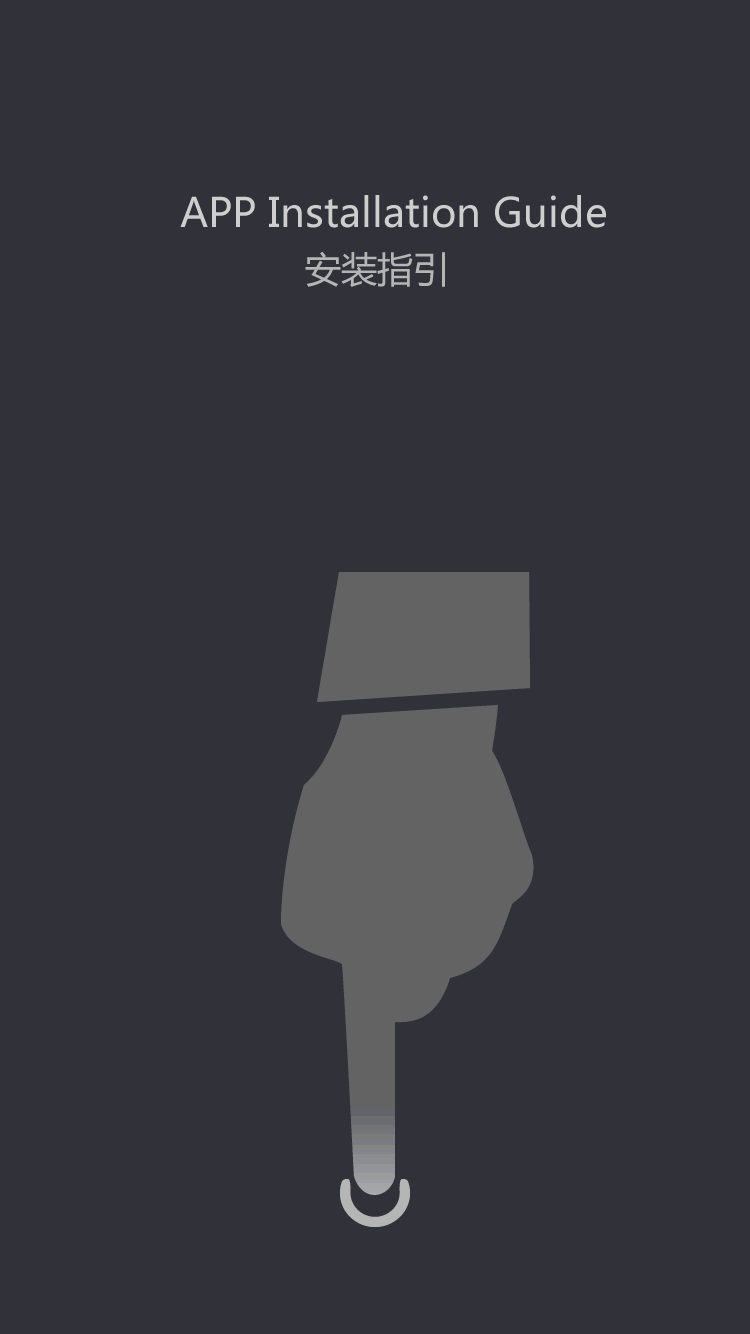Optical Fiber Fusion Splicer Marketoverview
Swift R5’s thermal automated stripper leaves no scratches while a handbook stripper scratches on fiber very a lot. Swift S5’s thermal computerized stripper leaves no scratches whereas a handbook stripper scratches on fiber very a lot. No elements or supplies are required, besides for shielding the fiber after splicing.
The two could be purchased collectively as a equipment or separately for these customers who prefer to make use of their own tripod or mounting mechanism. The CT08 cleaver is an especially rugged, durable, and simple to make use of single fiber cleaver. Ideal for FTTH functions, the CT08 provides unmatched levels of impression resistance and in addition eliminates the requirement for tools throughout blade rotation.
The CT50 options automated blade rotation, unprecedented durability, and simplistic upkeep unseen with another cleaver. Paired with a Bluetooth enabled Fujikura splicer, cleaver blade positions can be routinely advanced when wanted primarily based on cleave count or cleave high quality.
Exonization is the creation of a new exon, as a result of mutations in introns. In protein-coding genes, the exons embody both the protein-coding sequence and the 5′- and 3′-untranslated regions . Often the first exon consists of both the 5′-UTR and the primary part of the coding sequence, but exons containing only areas of 5′-UTR or 3′-UTR happen in some genes, i.e. the UTRs may comprise introns.
For singlemode fiber, the loss is about zero.5 dB per km for 1310 nm sources, 0.4 dB per km for 1550 nm. (1.0 dB/km for premises/0.5 dB/km at either wavelength for out of doors plant max per EIA/TIA 568)This roughly interprets right into a lack of 0.1 dB per 600 toes for 1310 nm, 0.1 dB per 750 ft for 1300 nm. For multimode fiber, the loss is about three dB per km for 850 nm sources, 1 dB per km for 1300 nm. (three.5 and 1.5 dB/km max per EIA/TIA 568) This roughly translates into a loss of zero.1 dB per a hundred ft for 850 nm, zero.1 dB per 300 toes for 1300 nm.
Splicing can be experimentally modified so that focused exons are excluded from mature mRNA transcripts by blocking the entry of splice-directing small nuclear ribonucleoprotein particles to pre-mRNA using Morpholino antisense oligos. Morpholino oligos may also be targeted to stop molecules that regulate splicing (e.g. splice enhancers, splice suppressors) from binding to pre-mRNA, altering patterns of splicing.
A “prefuse”, applied without touching the fibers, allows one to wash the surfaces. The fiber ends are well prepared, with exactly perpendicular cuts, no floor irregularities and no mud. Polishing results in the very best floor quality and angular accuracy, but is more time-consuming. Maintain clear tools and a clean splice surroundings, being especially cautious of windy and/or dusty circumstances.
Educational and tutorial videos that can provide you with necessary upkeep information, helpful tips, and educate you to make use of you splicer to its fullest potential. The FST-12 Fiber Separation Tool is used to shortly, precisely and reliably break up ribbons into sub-teams or particular person fibers. The Portable Tripod Workstation presents both a sturdy work tray to assist the splicer, cleaver and accessories, and a tripod to support the work tray.
When making the '0dB' reference with three cables, two connections are included in setting the reference so the measured value shall be decreased by the value of those two connections. If the loss price range is calculated without the connectors on the ends, the worth will more carefully approximate the take a look at outcomes with a 3-cable reference. For insertion loss testing, you merely sum up all of the loss contributors and get a complete for the cable run.


































![[Dry Goods] how to avoid electrode rod after fusion black?](https://img5811.weyesimg.com/uploads/tumtecchina.com/images/15840915146146.jpg?imageView2/2/w/1920/q/100/format/webp)







































